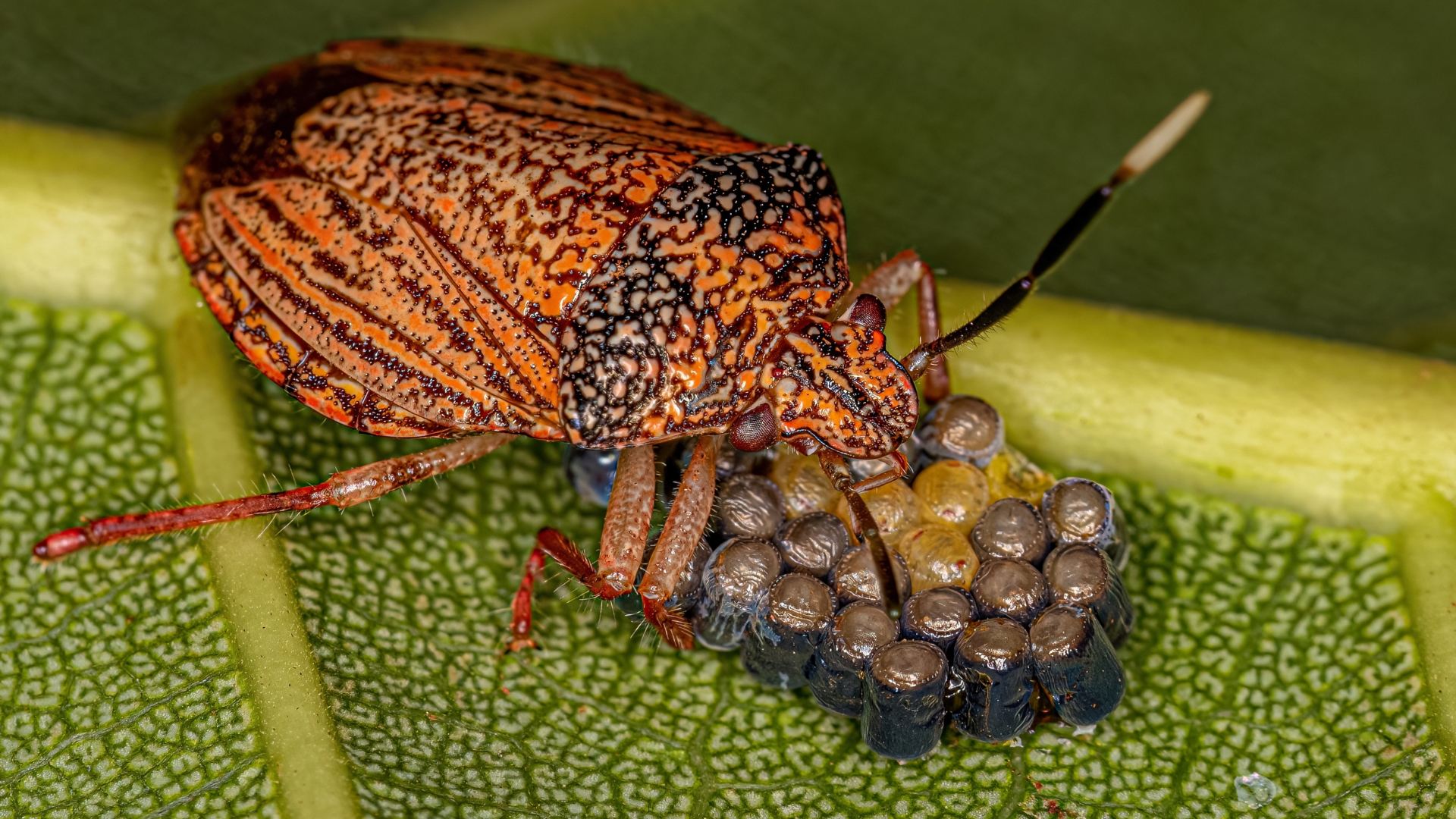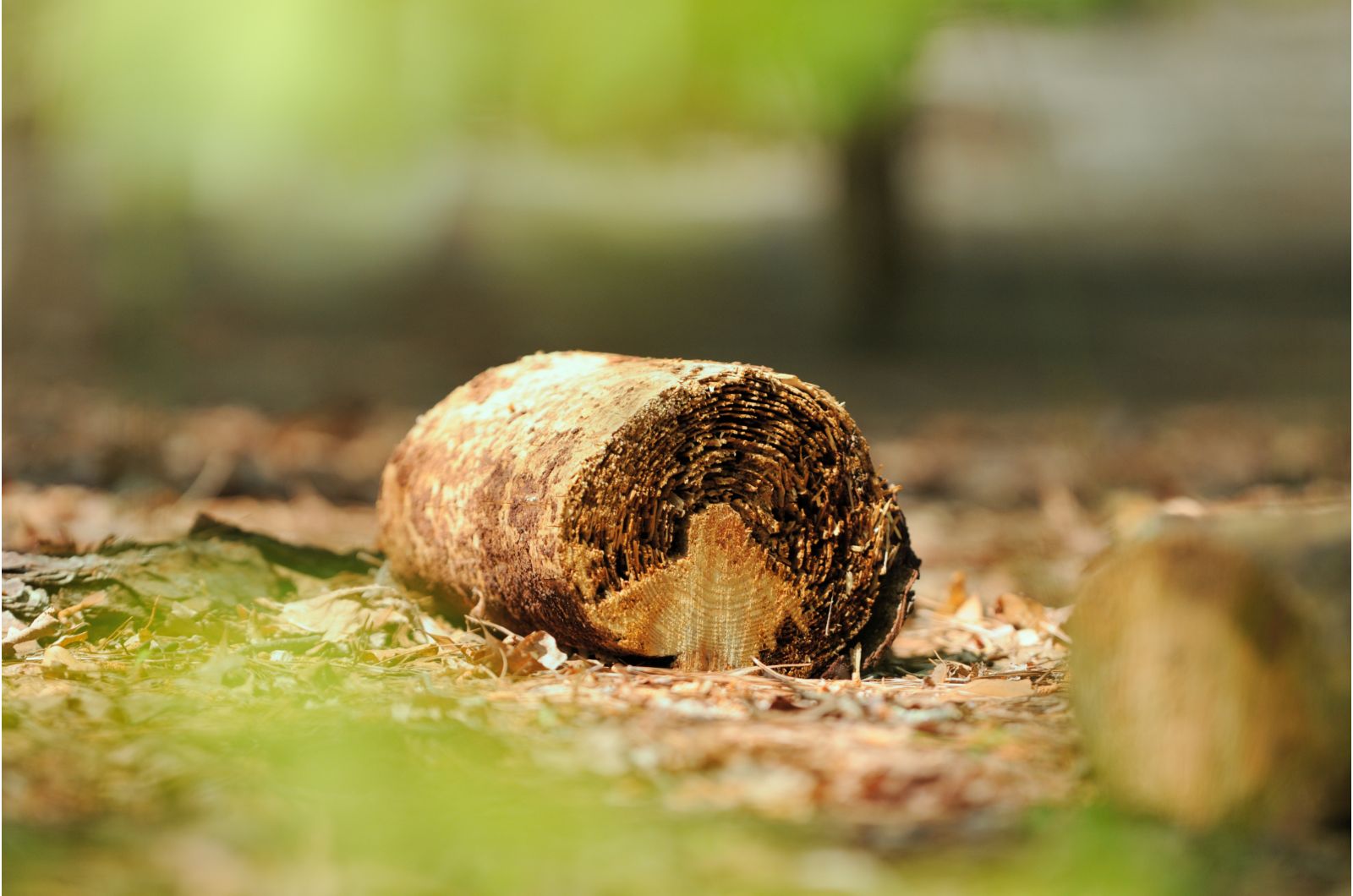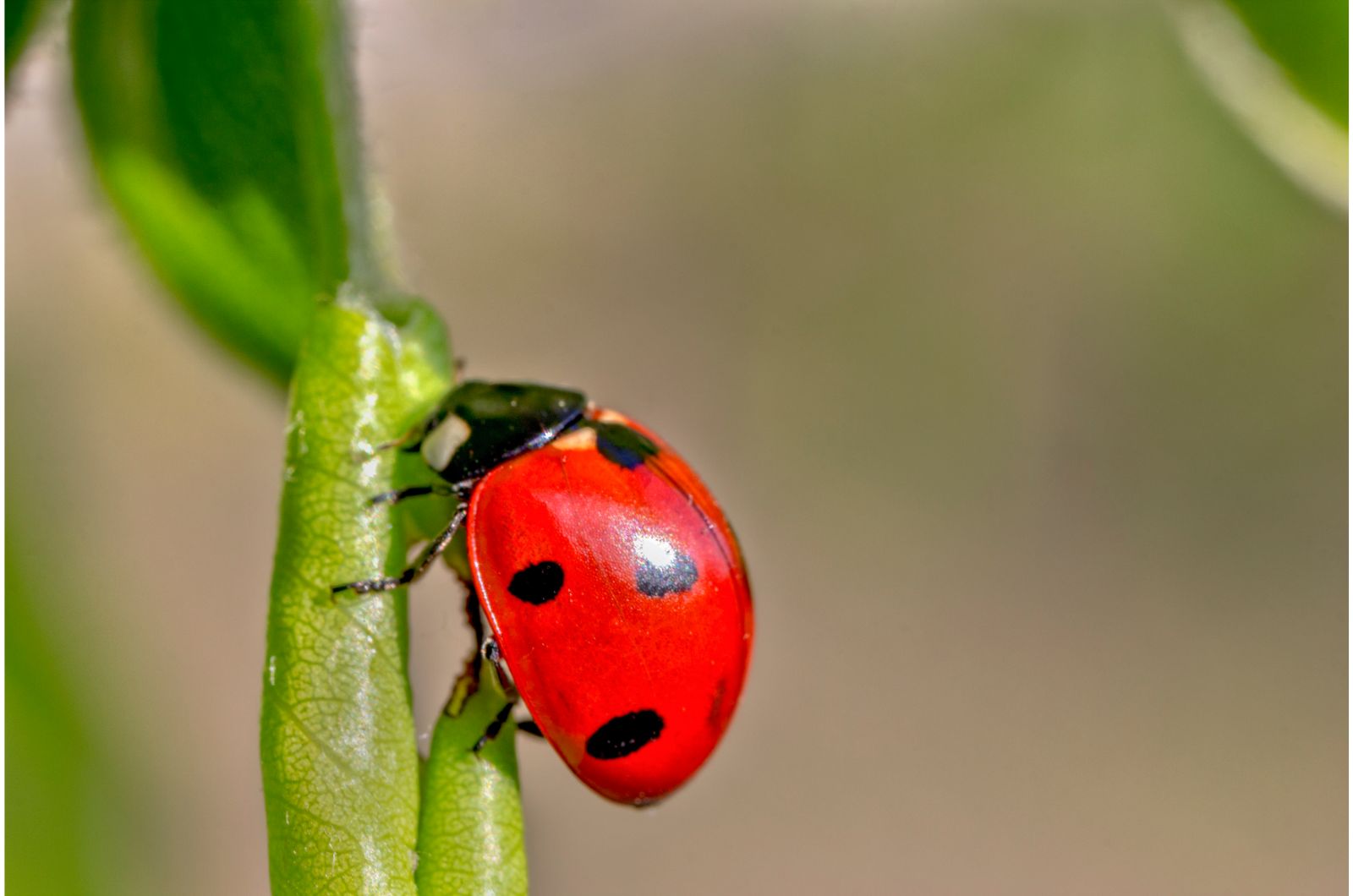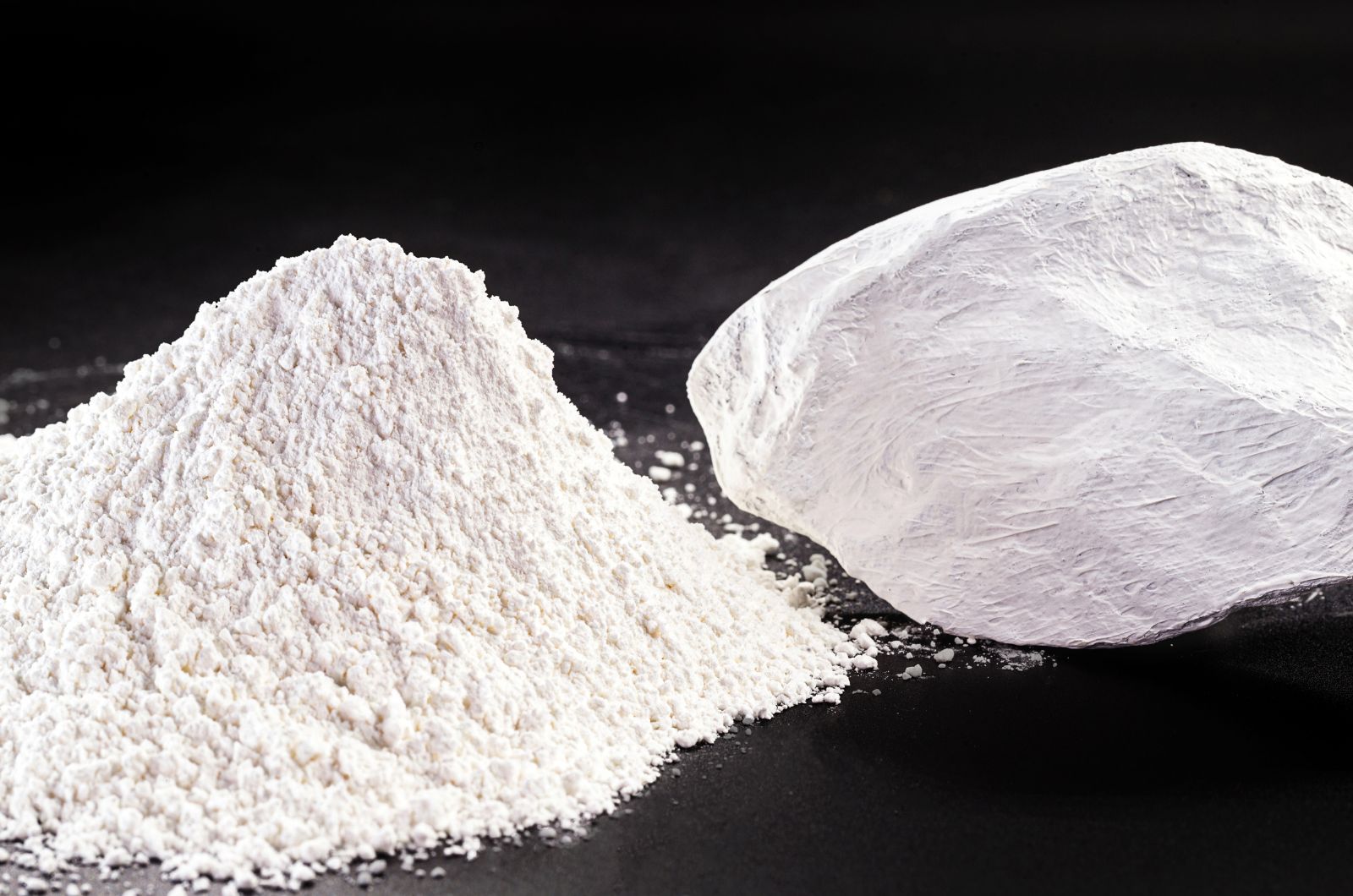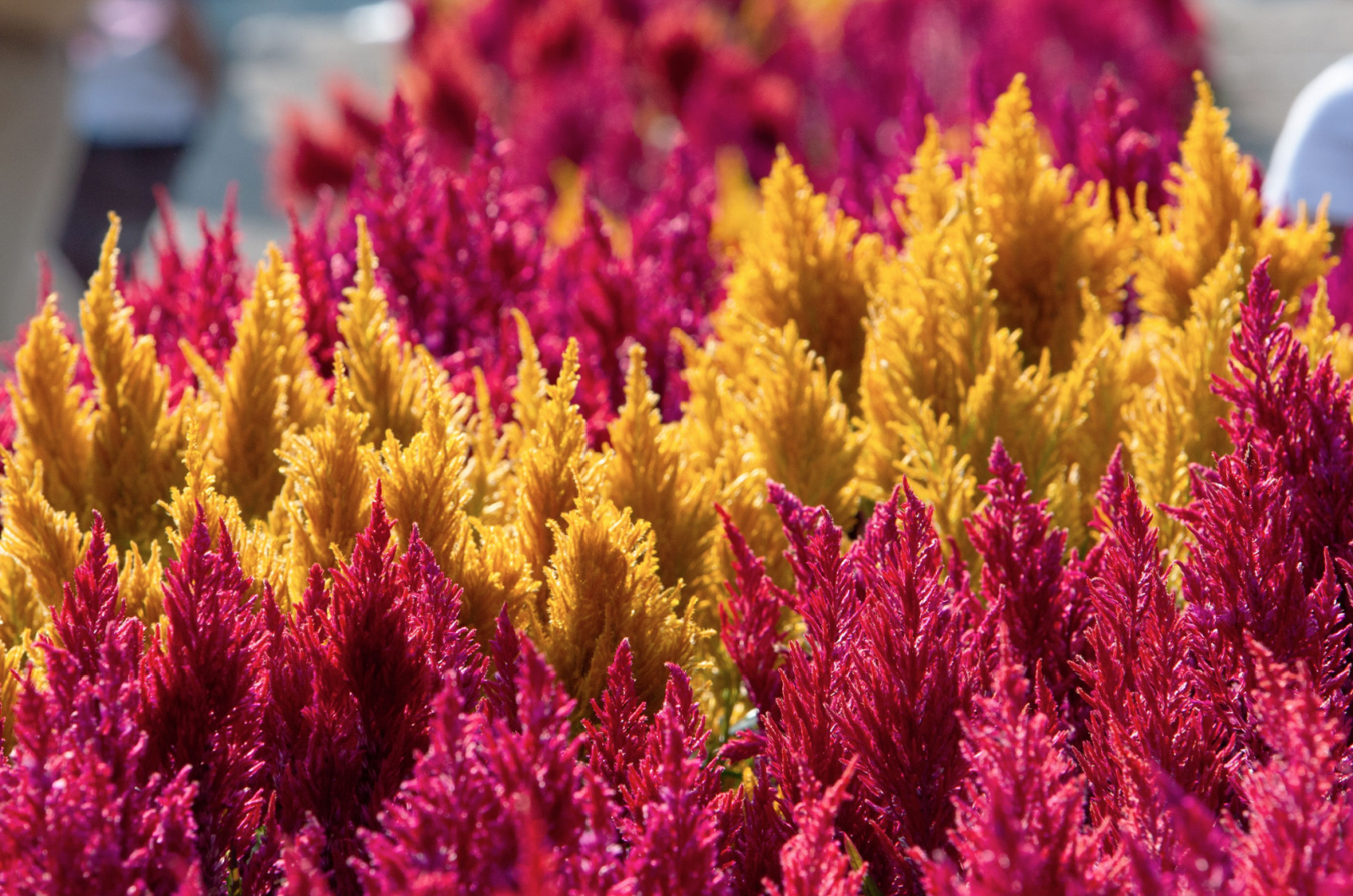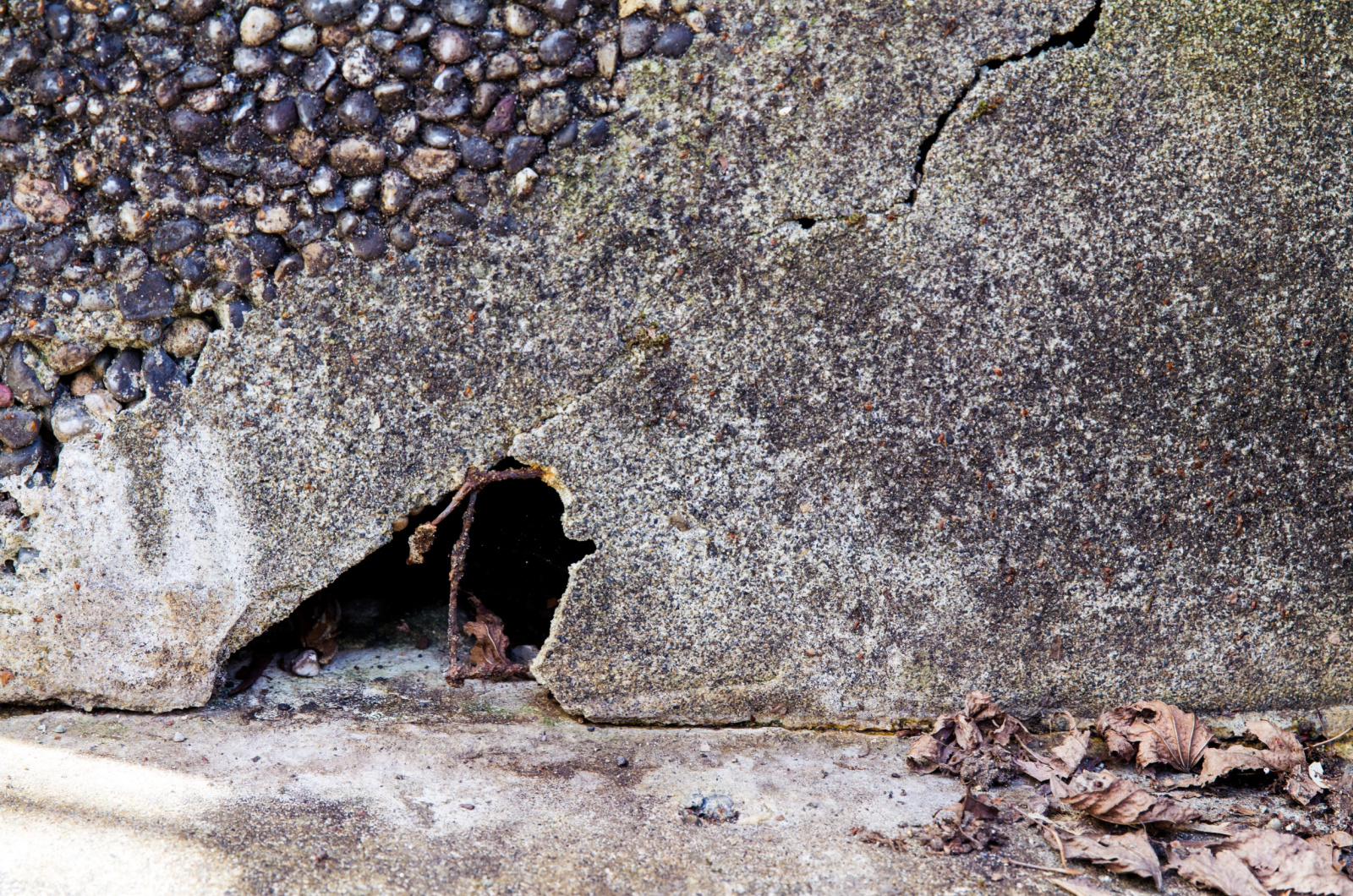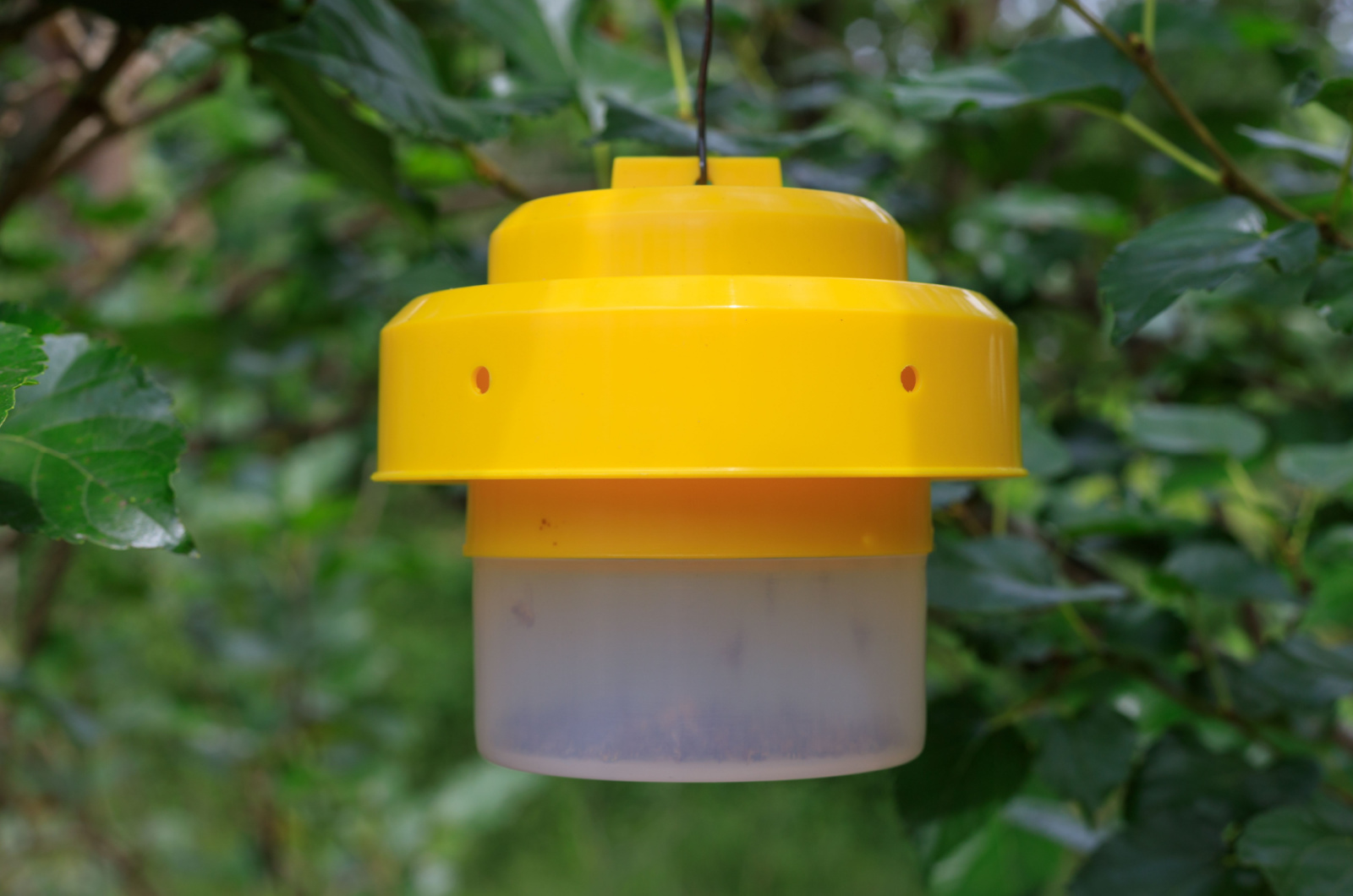These warm temperatures we’ve been experiencing for a while now are perfect for plants. Yet, they also invite unwelcome visitors to our gardens, such as stink bugs.
They aren’t just annoying to us; they can do real damage to your plants if you let them roam freely around your garden. Both adult stink bugs and larvae will feed on fruits and vegetables, such as tomatoes, peppers, beans, corn, etc.
A few of these insects isn’t a cause for alarm. Yet, 2-3 bugs can turn into an infestation in an instant. That’s why it’s better to nip it in the bud while it’s still easy.
Here are some tips you can employ to get rid of stink bugs, whether you’re looking for an organic or chemical solution.
Let’s get started!
6 Organic Methods
If the stink bug infestation isn’t that extensive, your best bet is to start with organic methods. They are non-invasive and won’t hurt your ecosystem at all.
Here are some things you can try out to deal with these insects in your garden or home!
#1 Get Rid Of Debris
Stink bugs flourish in warm temperatures. In these conditions, they will hide in overgrowth and weeds. You can also find them in tree bark, old logs, boards, and similar environments.
One of the things you can do to discourage them multiplying in your garden is removing all these things. Remove the debris and you’ll take away the stink bugs’ shelter. In return, this will result in no stink bugs in your garden.
#2 Attract Natural Predators
My favorite pest control method in the garden is attracting natural predators. The good news is that stink bugs have many enemies that love to feed on them.
Birds, ladybugs, lacewings, spiders, parasitic flies, toads, praying mantises, and minute pirate bugs will love to take a bite!
Attract them by creating special shelters for them, like bird feeders and baths, or purchasing them (you can do this with ladybugs).
#3 Use Natural Deterrents
Since stink bugs feed off, and multiply on, garden plants, it is a good idea to take these away from them. And I don’t mean ripping out all your fruits, flowers, herbs, and veggies!
Use a kaolin spray (mineral clay) on your plants and you’ll see how their numbers reduce. That’s because bugs won’t be able to feed on the plants and the eggs won’t stick to the stems and leaves. And the best part is that mineral clay won’t damage your plants or make them inedible!
Another thing you can try out is spraying pheromones far away from your garden. This will attract stink bugs to those areas and rid your landscape of these nuisances, at least for a short period of time.
Another thing you can try is making your own stink bug repellent with Pine-Sol and water.
If these bugs are in your home, you can use cedar spray to repel them. But know that it isn’t that effective for an overwintering stink bug invasion!
#4 Plant Trap Crops
You can try using decoy or sacrificial plants that will take the blow and keep your vegetables and gorgeous flowers safe from stink bugs.
These pests will flock to the trap crops, which you can then remove – plant, bugs, and all. Place them in a plastic bag, leave them in the sun to kill them off, and then dispose of them.
Some of these sacrificial crops include okra, sunflowers, mustard, sweet corn, and amaranth.
#5 Seal Off Potential Entryways
If stink bugs are an issue in your home, there are some things you can do to prevent them from entering in the first place.
Sure, all the above methods will reduce their numbers in the garden, resulting in fewer bugs in your home. However, these insects like to overwinter in house walls, attics, etc.
That’s why you should close off all potential entryways. Shut the doors and windows or cover them with screens and fill in all nooks and crevices with caulking.
Turn off the lights and close the blinds at night – these bugs love light, so eliminating it will keep them away.
And if nothing else seems to help, spraying some insect repellent around potential entryways can also help.
#6 Build Traps In And Around Your Home
The last thing you can try is incorporating pheromone traps in and around your home. They will draw stink bugs in, capture them, and won’t let them escape. Eventually, the bugs will die, ending the infestation.
Place the traps on trees and bushes or other sturdy plants in your yard come spring. Ensure that both the top and bottom of the trap are in contact with the plant. This will allow the bugs to enter, but prevent them from escaping.
If you don’t have sturdy plants in your garden, you can hang pheromone traps on stakes every 20-30 ft.
Another thing you can try out is placing damp towels over your indoor and outdoor furniture (chairs, for instance). They will attract stink bugs overnight, and you can dump them in soapy water in the morning.
Or you can use sticky traps. Just know that you will have to replace them often since they’re not that large!
Using Pesticides
Sometimes the infestation is so large, or the bugs so persistent, that you can’t get around pesticides. And what’s worse, these insects are resistant to most common insecticides! Their shell makes it hard for the active ingredients to penetrate and work their magic.
Luckily, there are some products you can use. Go with organic methods first and try neem oil, pyrethrin-based insecticides, or insecticidal soaps.
If these don’t work, try some other broad-spectrum pesticides, such as neonicotinoids, organophosphates, and carbamates, that work amazingly against stink bugs. (1)
Or you can make your own insecticide by mixing half a pack of cigarettes and water. Filter the leaves, add some dish soap, pour it into a sprayer, and get to work.
Of course, large infestations still require the help of professionals, so don’t be afraid to call them if necessary.
References:
1. Ademokoya, B., Athey, K., & Ruberson, J. (2022). Natural Enemies and Biological Control of Stink Bugs (Hemiptera: Heteroptera) in North America. Insects.

